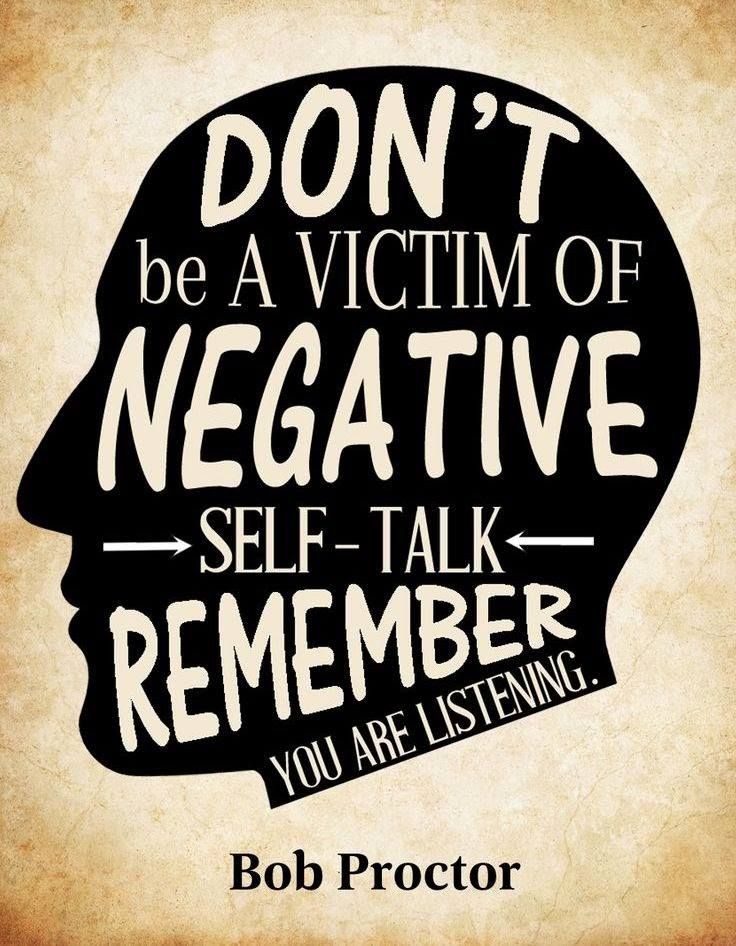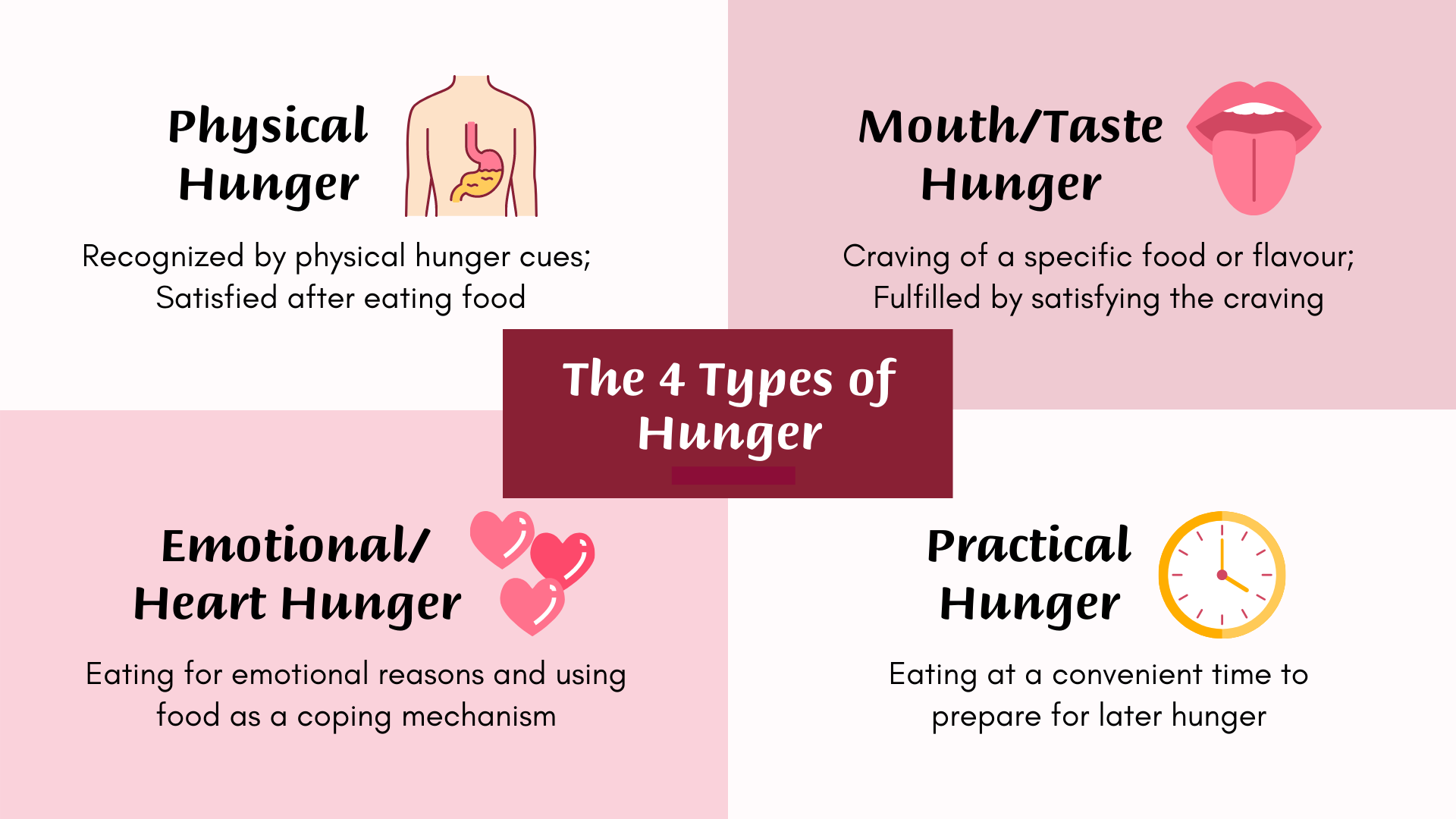Harnessing the Power of Ideal Protein Shakes for a Healthier Lifestyle
In the quest for a healthier lifestyle, maintaining a balanced diet can often be a challenge, especially when faced with time constraints or social gatherings that might tempt us away from our nutrition plans. One effective and convenient solution gaining popularity is the incorporation of protein shakes as meal replacements. These versatile shakes not only provide a quick and easy option for those busy mornings but also serve as a strategic tool to resist unhealthy temptations when navigating social events.
- Sticking to Your Diet Plan at Social Gatherings
One common struggle individuals face when trying to adhere to a diet plan is managing food choices at social gatherings. It’s easy to be tempted by the array of treats and indulgent snacks that surround us. However, by consuming a protein shake before heading out, you can fortify yourself against the temptation to deviate from your nutritional goals.
Protein shakes can help create a sense of fullness, reducing the likelihood of succumbing to unhealthy cravings. The controlled portion sizes and balanced nutritional content make them an ideal choice to curb hunger and keep your diet on track.
- Convenient Breakfast Solutions for Busy Mornings
Skipping breakfast is a common pitfall for those with hectic morning schedules. However, missing the first meal of the day can lead to energy slumps, poor concentration, and an increased likelihood of unhealthy snacking later on. Enter the protein shake – a quick and nutritious alternative that requires minimal preparation time.
By simply blending a protein shake, perhaps with the added goodness of a handful of spinach, you can create a satisfying breakfast option that fuels your body with essential nutrients. The convenience of a portable shake allows you to enjoy a nutritious meal on the go, setting a positive tone for the rest of your day.
- A Variety of Flavors to Suit Every Palate
One of the key advantages of our Ideal Protein shakes is the wide range of flavors available, catering to diverse tastes. Whether you prefer a classic chocolate or vanilla shake, or have a morning craving for cappuccino, there’s a flavor for everyone. This variety ensures that your meal replacement doesn’t become monotonous, making it easier to stick to your dietary plan in the long run.
Furthermore, many protein shakes come in ready-to-drink bottles, eliminating the need for preparation altogether. For those who prefer customization, there are also powdered options that can be easily mixed with water for a quick and nutritious solution.
In the journey towards a healthier lifestyle, the power of protein shake meal replacements cannot be overstated. By incorporating these convenient and nutritionally rich Ideal Protein shakes into your daily routine, you can stay on track with your diet plan even in the face of time constraints or social temptations. From providing a solution for busy mornings to offering a variety of flavors to suit every palate, protein shakes are a valuable tool for those committed to achieving their health and fitness goals. So, the next time you’re rushing out the door or heading to a social event, consider reaching for a protein shake and empowering yourself with a delicious and nutritious meal on the go.










